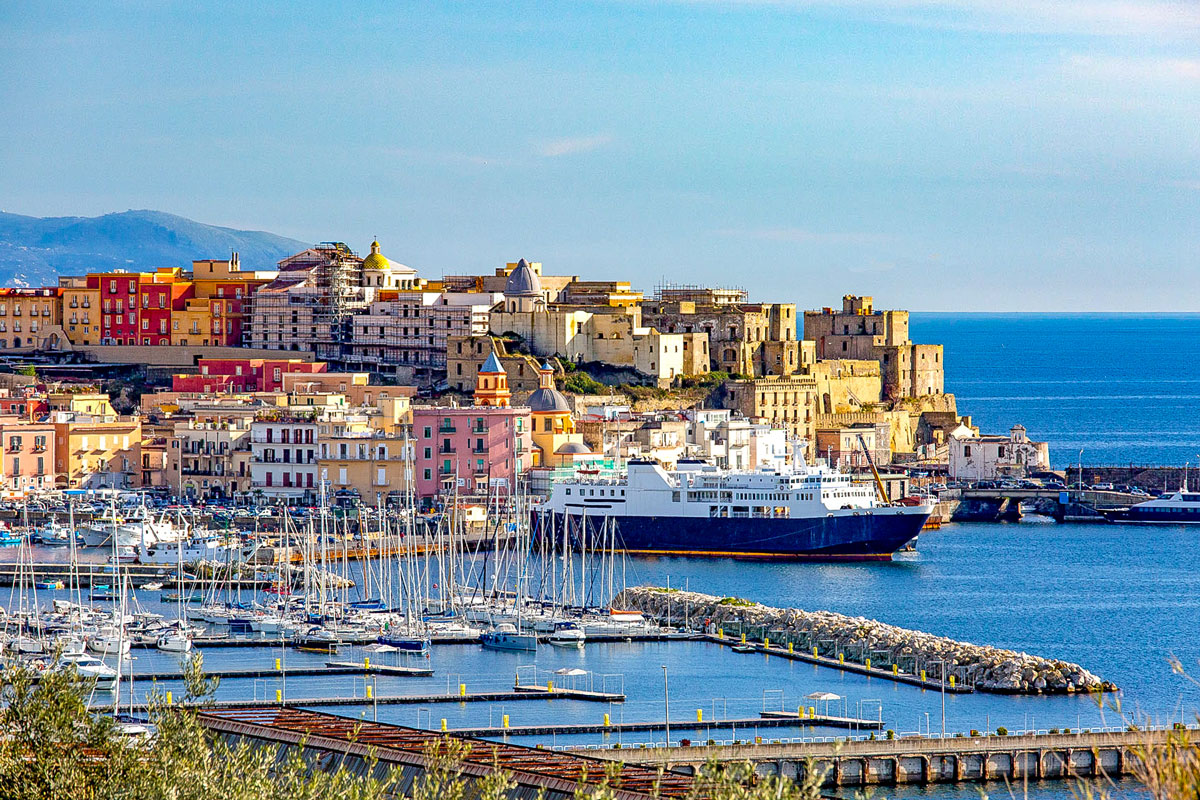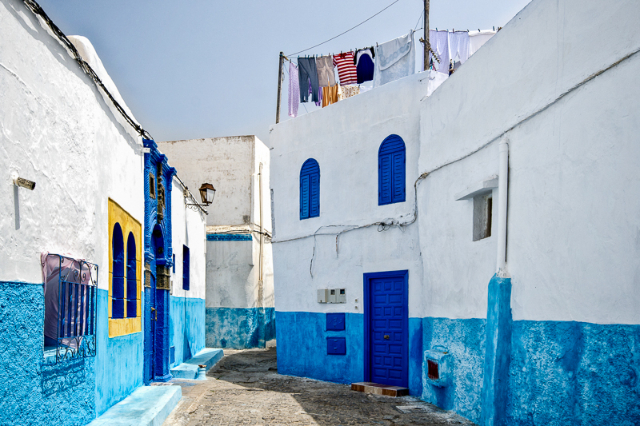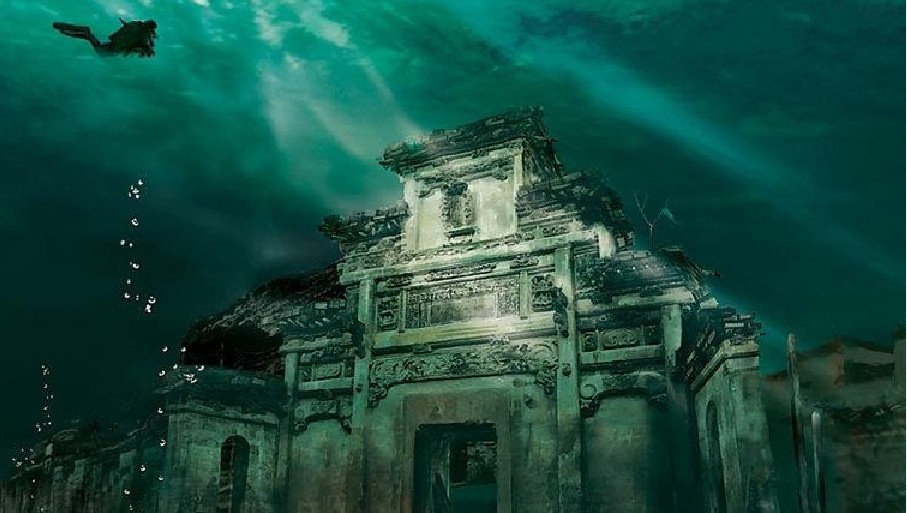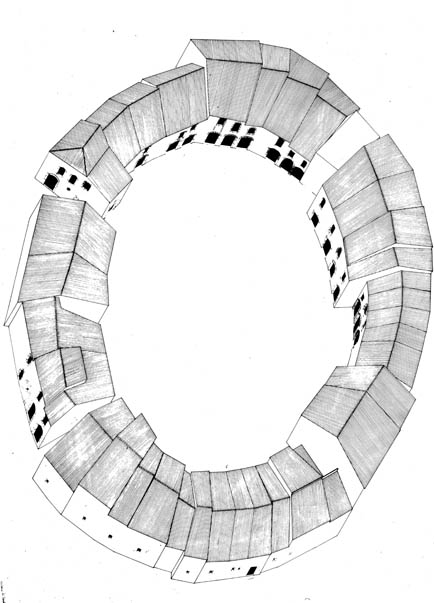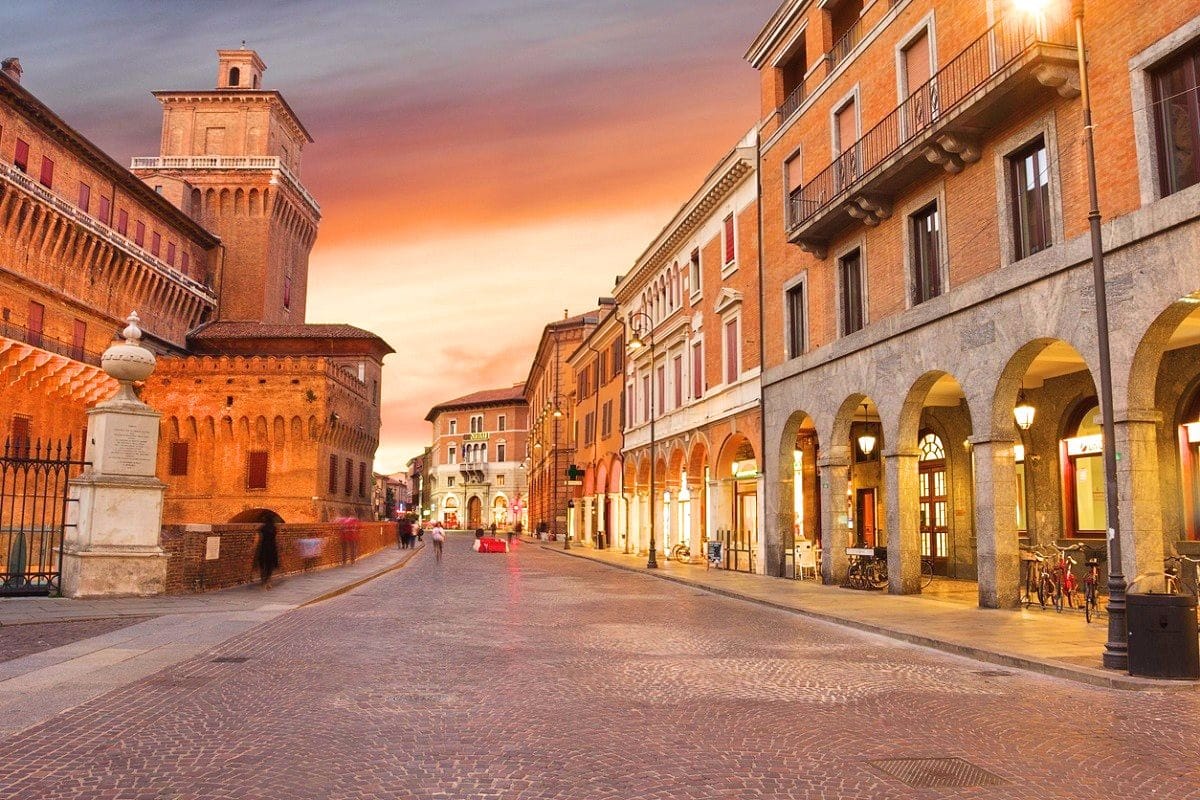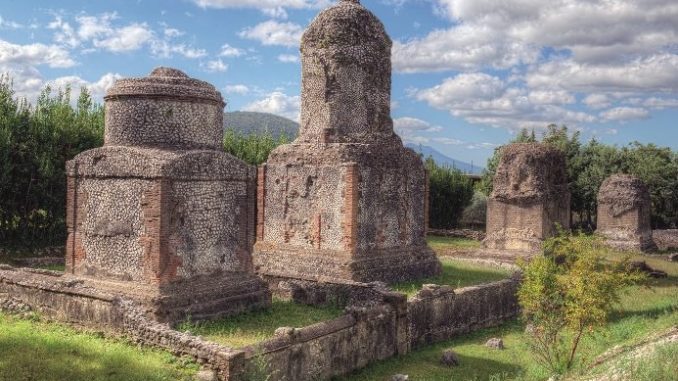Pozzuoli is one of the most interesting places in the area of Naples.
A town really rich in history, finds and monuments that still testify to an articulated past and an artistic heritage of great value.
Situated on the Gulf that bears its name, Pozzuoli is located in a rather delicate area, the volcanic Campi Flegrei.
Its history has seen several dominations and even probable changes of name until, with the Roman occupation of Campania in 338 BC, the city was given the Latin name of Puteoli, which means "small wells".
In addition to its particular geographical position, Pozzuoli’s rich artistic heritage is astonishing, with the presence of numerous valuable architectures.
Among these it is worth mentioning the Cathedral of San Procolo, the sanctuary of San Gennaro, the Church of Santa Maria delle Grazie, the Church of SS. Francesco and Antonio, the Church of San Marco, the Church of San Giuseppe and the Church of Santa Maria della Consolazione.
Besides the religious architectures in Pozzuoli, near the macellum, there is also a particular anarchic monument, a block of marble engraved with the words of Errico Malatesta, an Italian anarchist and writer among the main theorists of the anarchic movement.
Pozzuoli also holds an interesting record: it is one of the few cities in the world to possess two Roman amphitheatres. They can boast the same value only Rome, Santa Maria Capua Vetere, Budapest and very few other places.
They are the Flavian Amphitheatre and the Minor Amphitheatre.
The Flavian Amphitheater is one of the largest amphitheaters in Italy: it is said that it was built under Nero and had a capacity of about 40,000 spectators. Even today in its basement are visible some parts of the system that at the time was used to lift the cages that brought into the arena the wild beasts for the fights.
For the same reason, along the perimeter of the amphitheatre, there were trapdoors from which tigers, lions and giraffes entered the scene.
The Minor Amphitheatre instead, was the amphitheatre that Pozzuoli already possessed before the construction of the Flavian one. It was a smaller amphitheatre and less suitable for the scenic needs of the time. Of it we can see today about ten arches that had to support the curve of the cavea.
To these symbolic places we can add many others: the Stadium of Antonino Pio, Villa Avellino-De Gemmis, the Temple of Augustus, the Roman Necropolis and many more.
